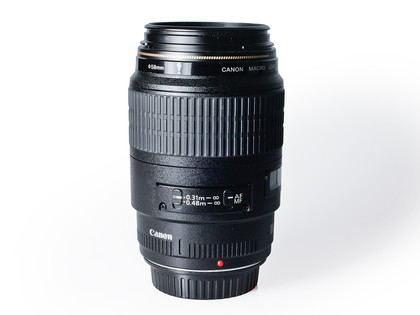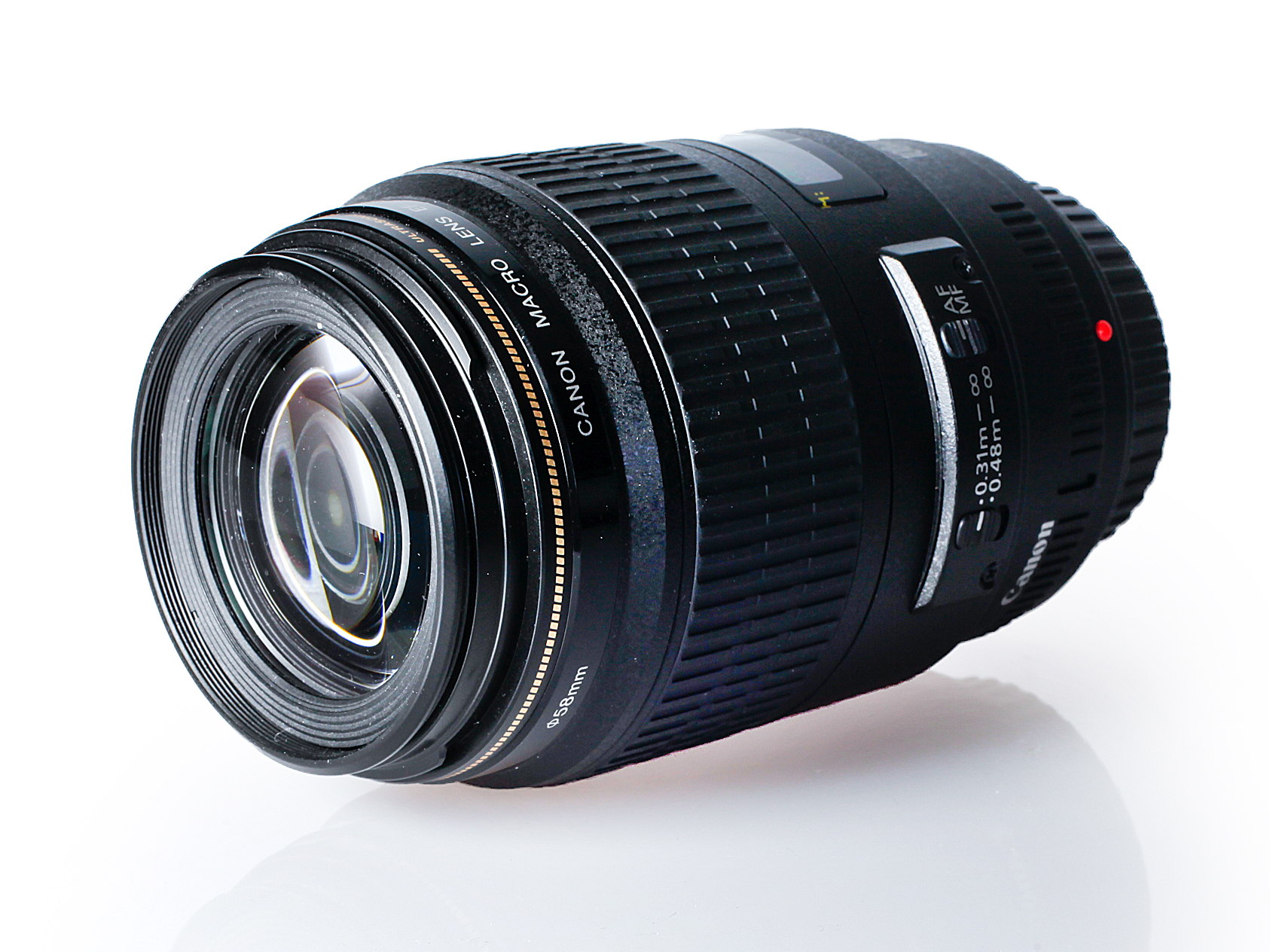TechRadar Verdict
Pros
- +
Control over distortion is good
- +
Quick and quiet autofocus
- +
Generally great image quality
- +
Affordable
- +
Manual focusing is easy
Cons
- -
No image stabilisation system
- -
Old-fashioned design
- -
Focusing ring's position could make it hard to adjust
- -
Some holes in image quality
Why you can trust TechRadar
The Canon EF 100mm f/2.8 USM Macro is one of two new 100mm macro lenses in Canon's range, the other being the more expensive L-series optic, the CanonEF 100mm f/2.8L Macro IS USM, which has the advantage of a new Hybrid IS system.
This one may lack image stabilisation but, nevertheless, it's priced attractively and competitively specified.
It contains an internal focusing system, which has the dual advantages of maintaining the same working distance throughout its focusing range and keeping the front element static as this happens.
Focusing itself is carried out via a ring Ultrasonic Motor (USM), which Canon claims offers fast and quiet autofocus, while the further inclusion of a three-group floating system is said to ensure correction for aberrations throughout the lens's focusing range.
On the inside, Canon has incorporated a secondary diaphragm to block stray light when shooting at f/2.8, while a single Ultra Low Dispersion element is also included to help minimise chromatic aberrations.
To help improve light transmission and to reduce both flare and ghosting, Canon has treated the elements within the lens with its Super Spectra Coatings. This works by cancelling out the reflections from the surfaces of the elements, so that more light can pass through to the sensor and not bounce around inside to degrade image quality.
The lens incorporates a particularly broad rubber manual focusing ring on its barrel, which turns easily and makes clear when the ends of its focusing scale have been reached. It can also be used to override the autofocus system once focus has been confirmed.
Sign up for breaking news, reviews, opinion, top tech deals, and more.

This is joined by two switches next to the distance window - one that alternates between manual and autofocus and another that closes off the focusing range to 0.48m-infinity for non-macro photography.
The distance window, meanwhile, indicates the focusing distance in both feet and metres, and also shows the current reproduction ratio down the maximum 1:1.
The mottled finish of the Canon EF 100mm f/2.8 USM Macro's body is similar to that of some previous Canon EOS DSLR cameras, such as the EOS 600D and EOS 5D Mk II, although its design is a little dated when compared with more recent finish options from other manufacturers.
The mount is constructed from a solid metal for durability, and above it sits a large red lens mount index that indicates the mounting position clearly.
The only other external features of note are the 58mm filter thread at the opposite end of the lens and the grooves around it, which can be used to mount either an external lens hood or a macro ring lite flash.
At this price we don't necessarily expect an image stabilisation system, and for macro work a sturdy tripod is generally recommended as a better idea. However, since Canon lenses don't offer image stabilisation inside their bodies, this puts it at a slight disadvantage to similar lens/body combinations from other manufacturers when used for non-macro work.
This is particularly the case with APS-C bodies such as the Canon EOS 600D and EOS 7D, where its effective focal length rises closer to 160mm, and this omission also means that the viewfinder image isn't stabilised for more precise composition.
